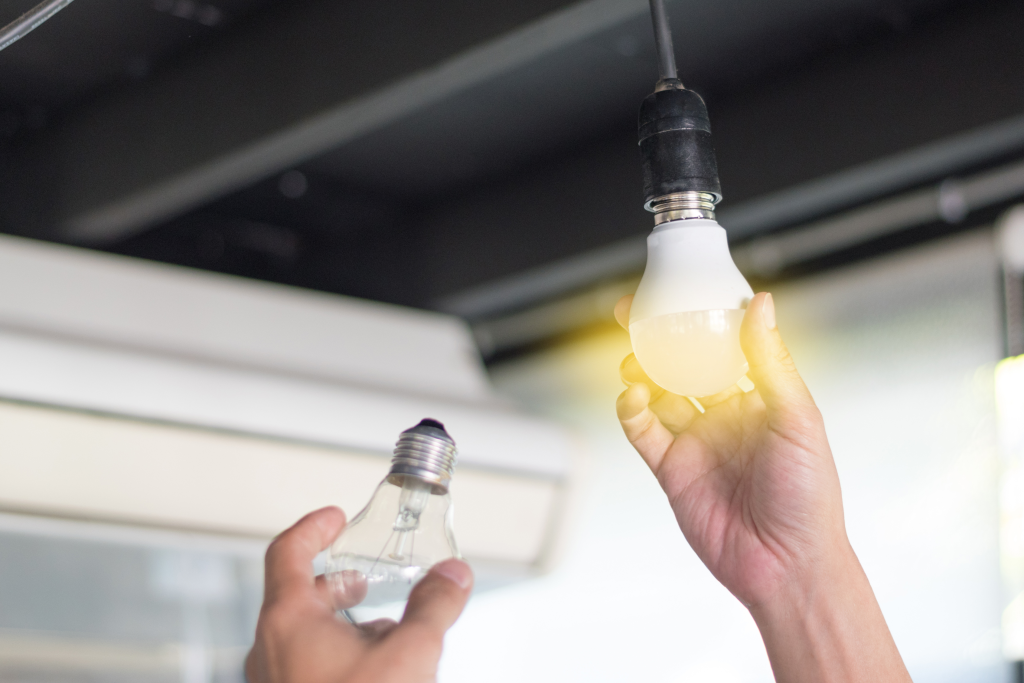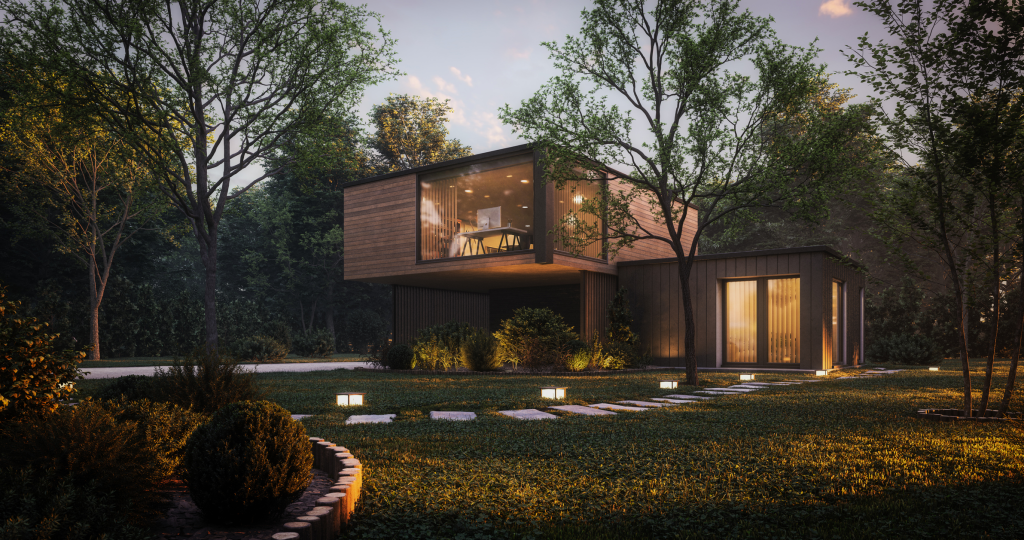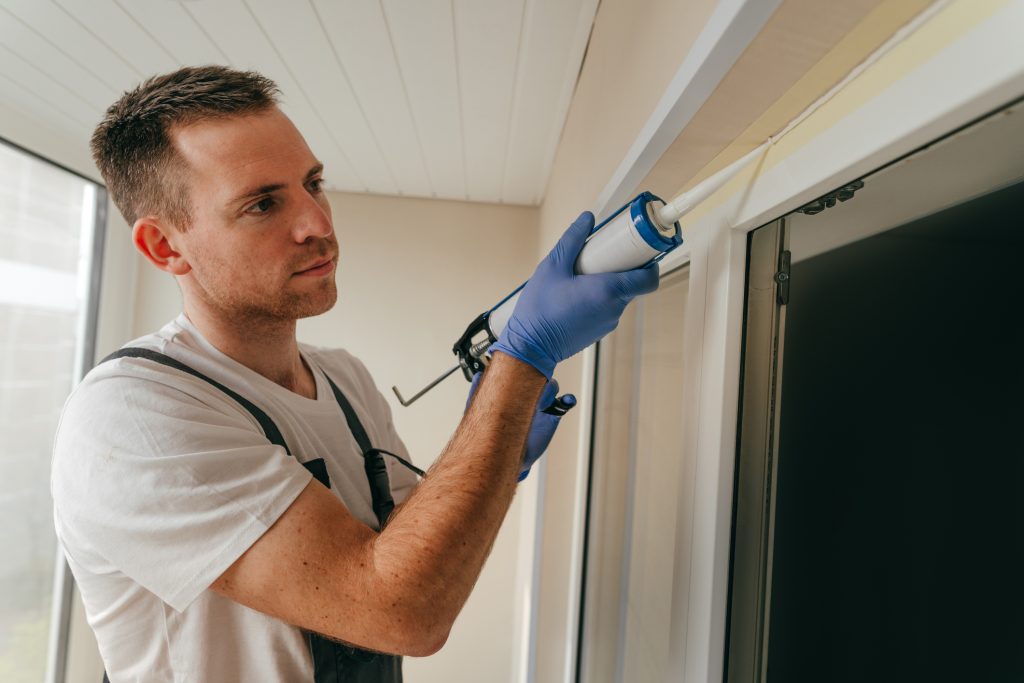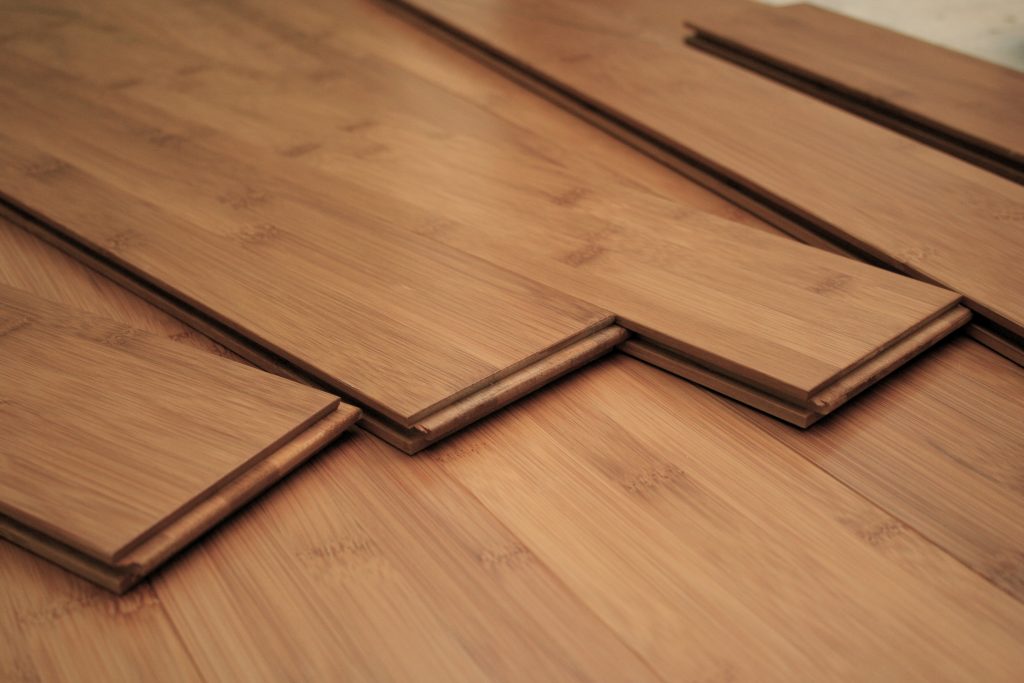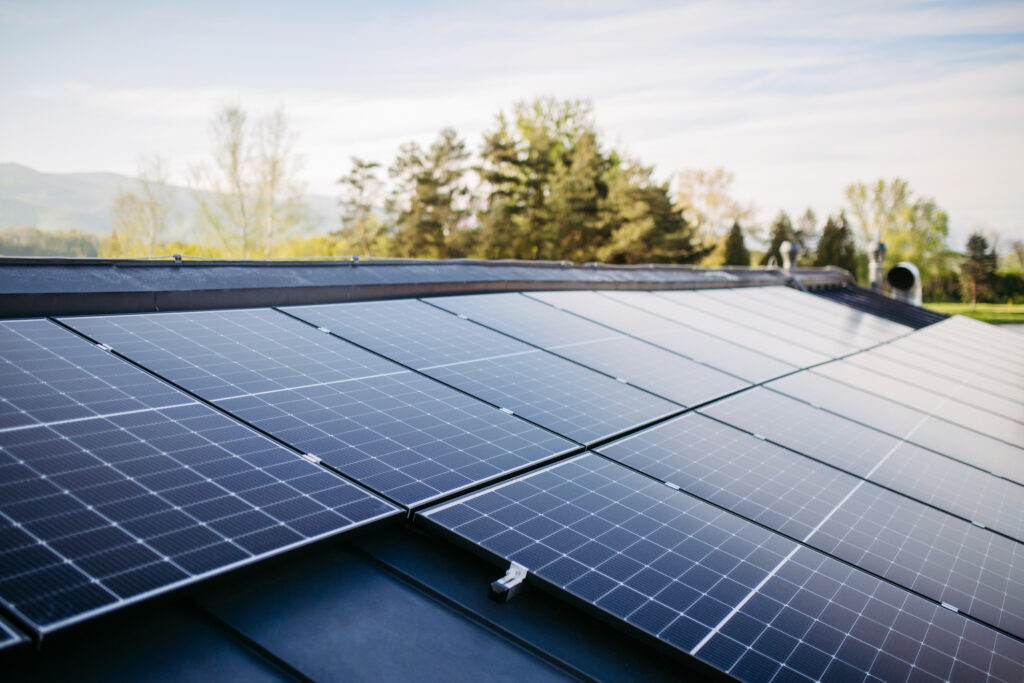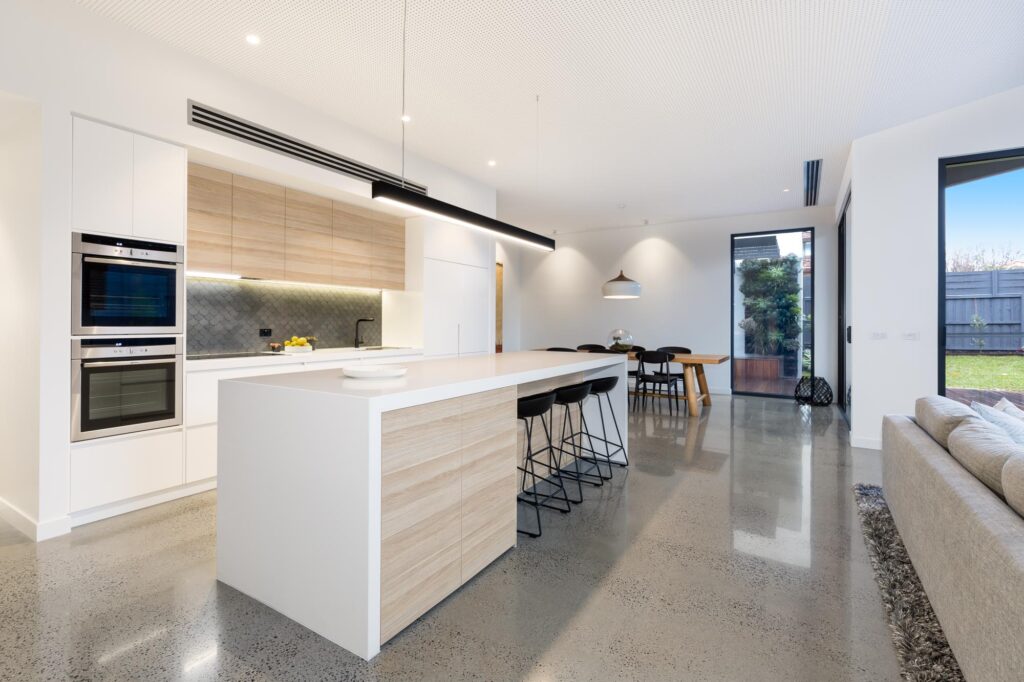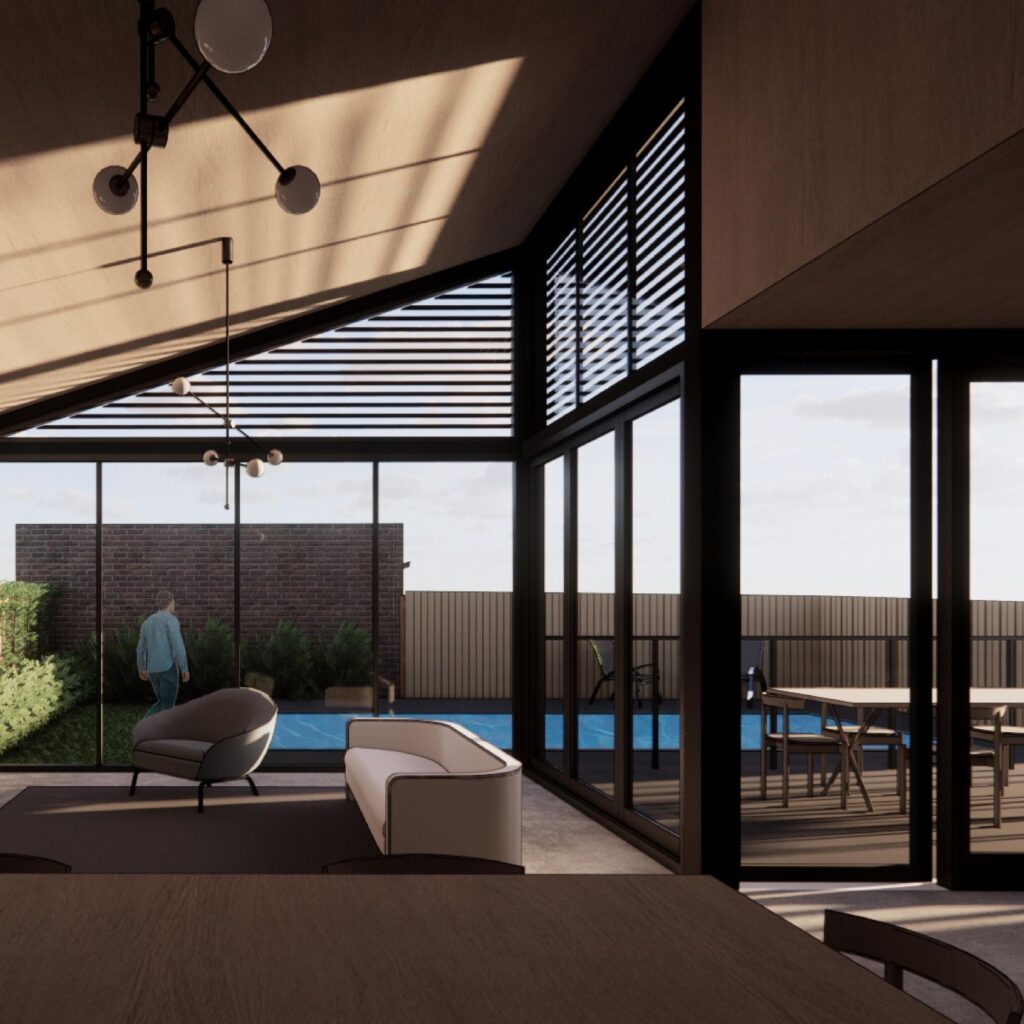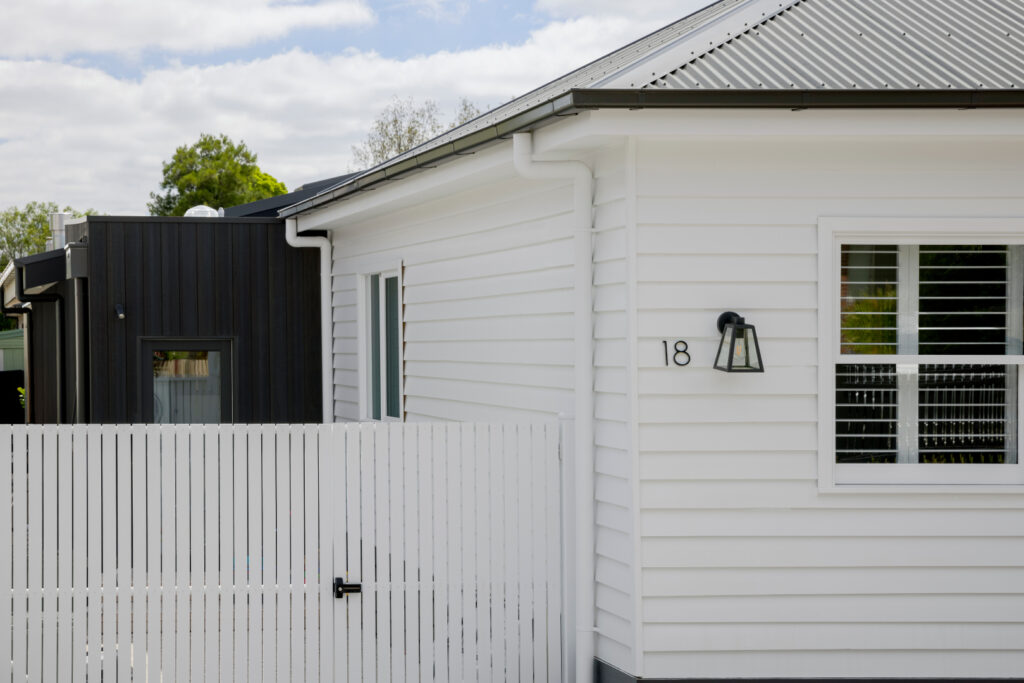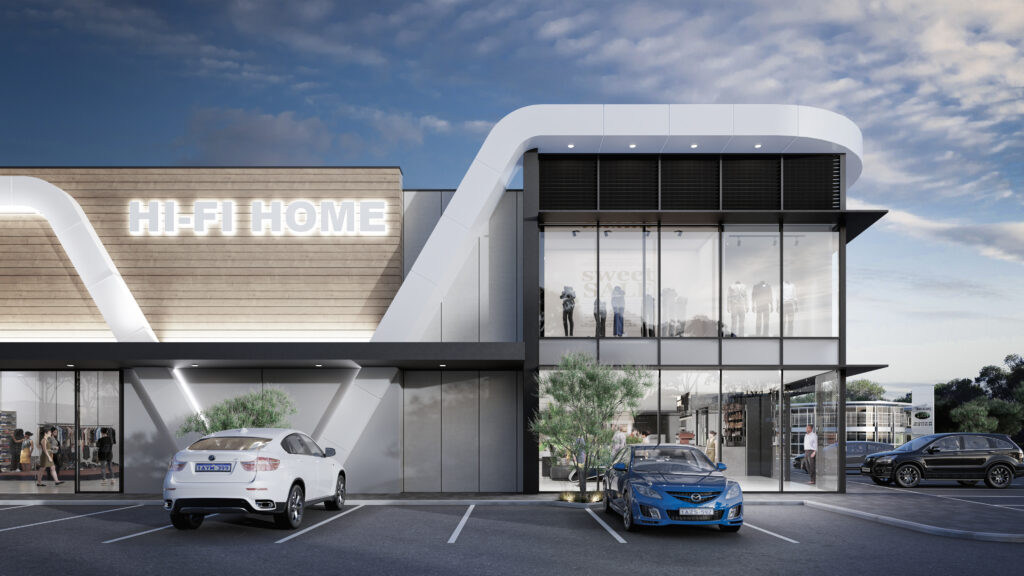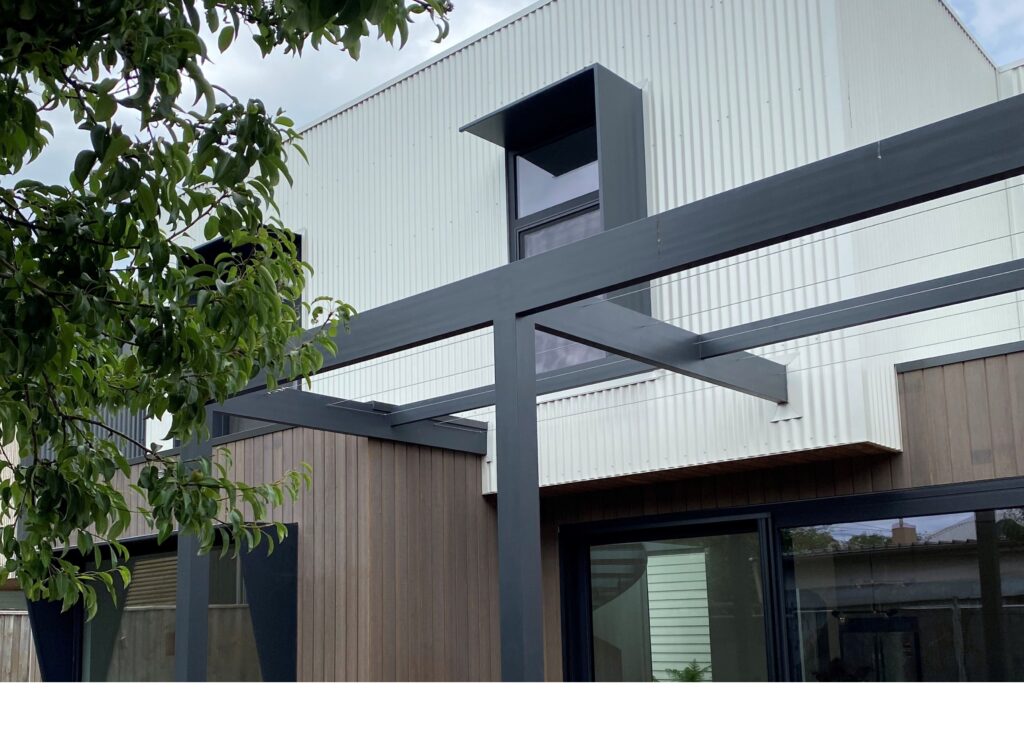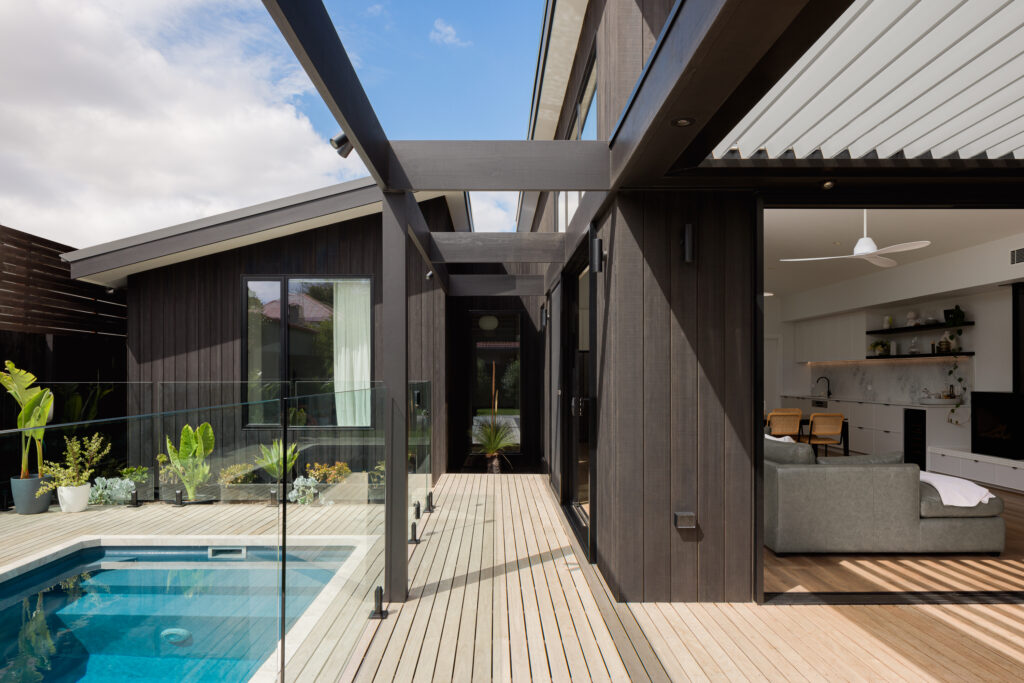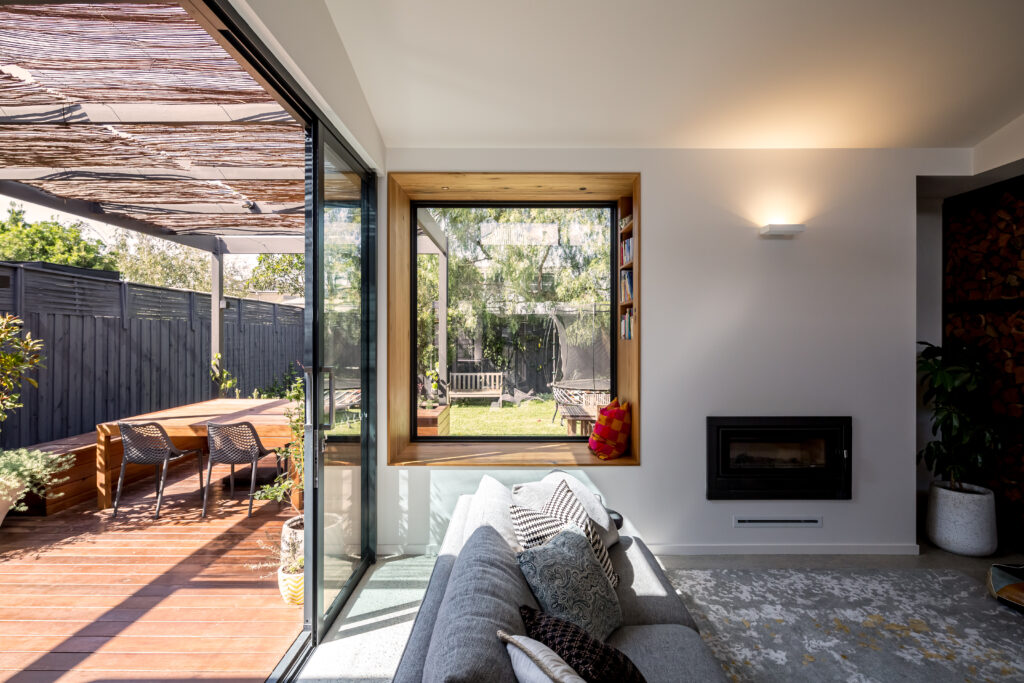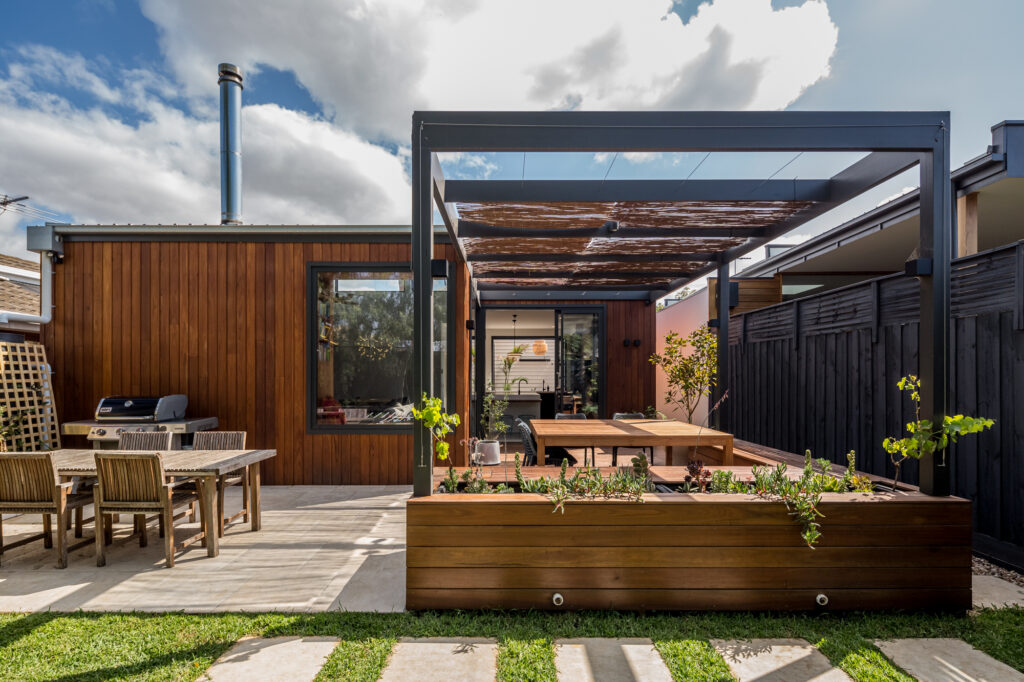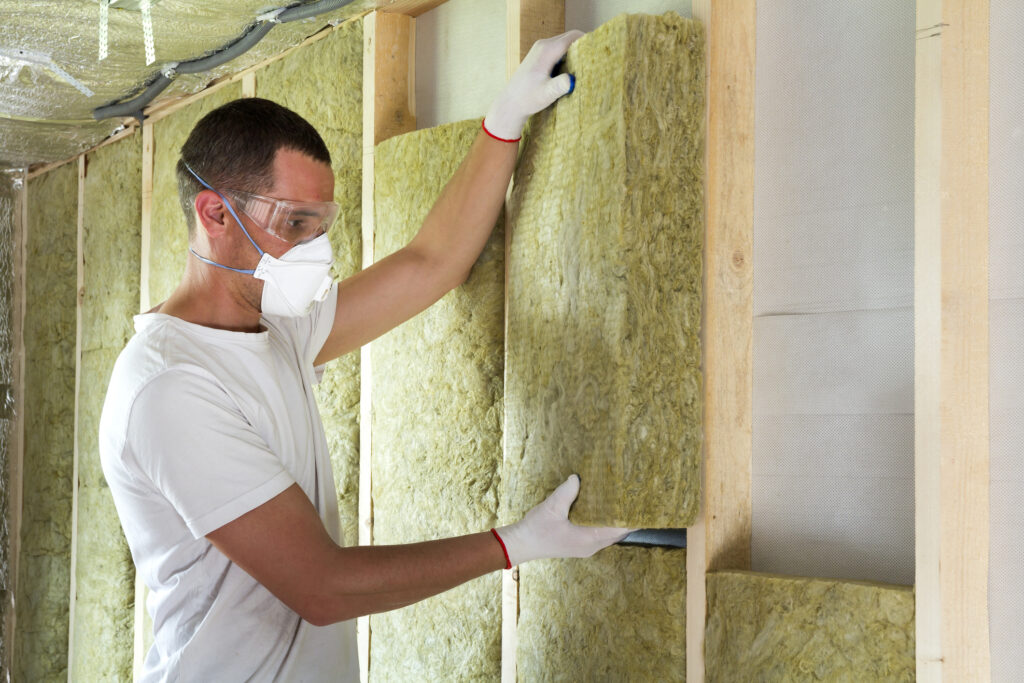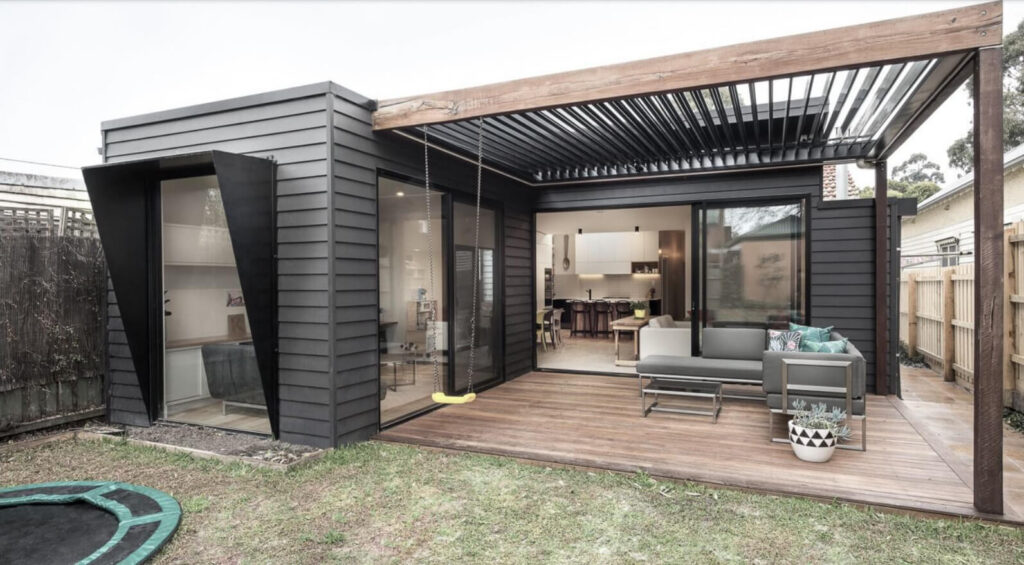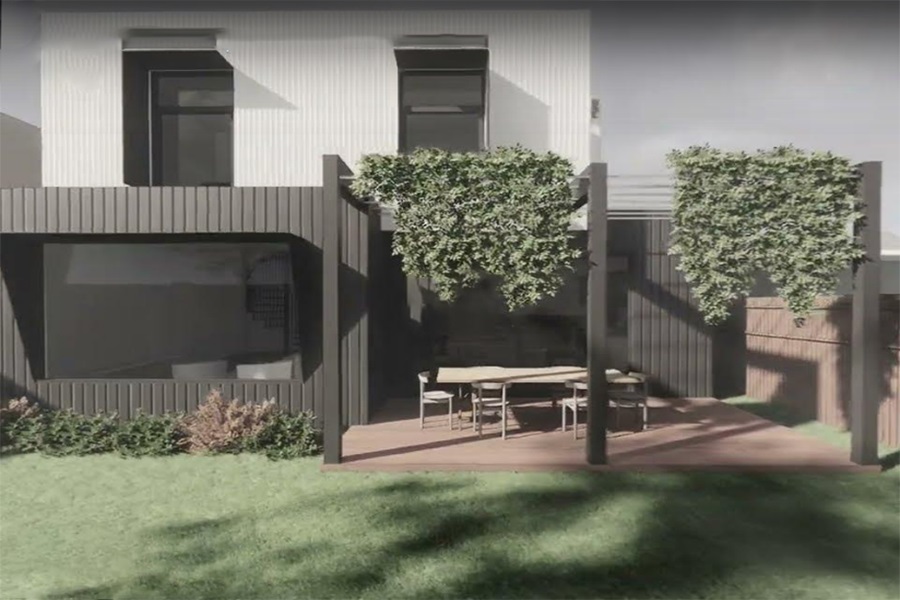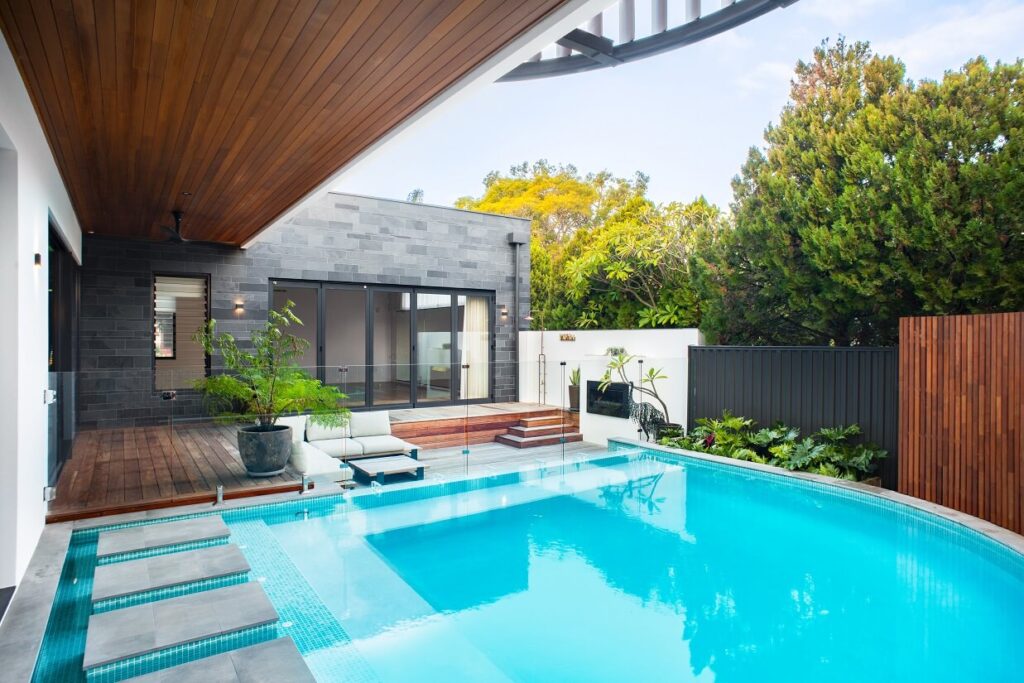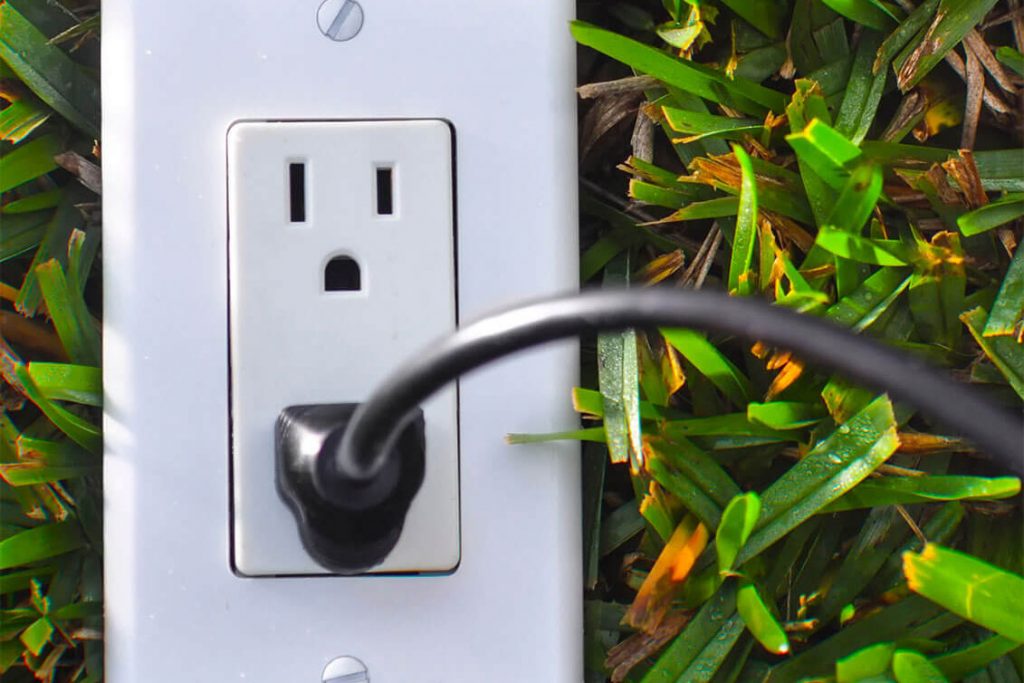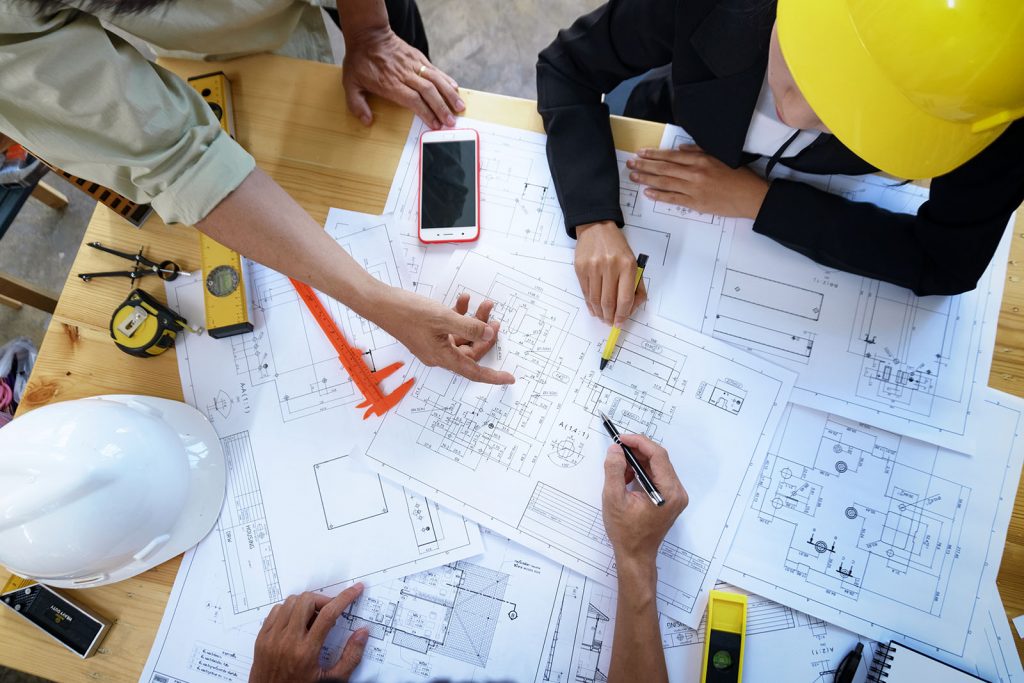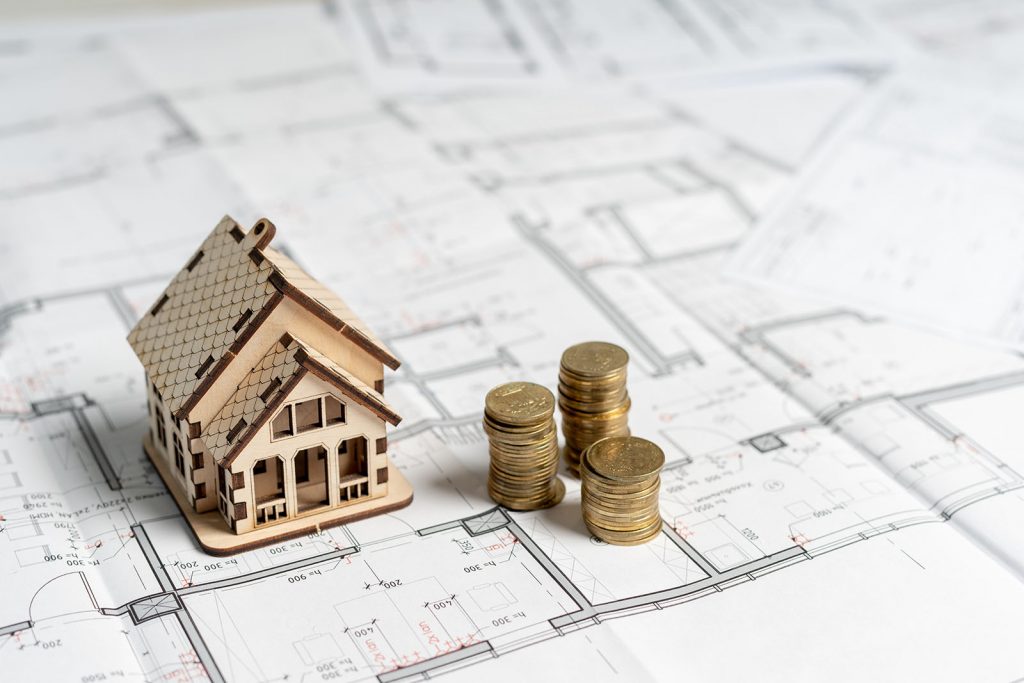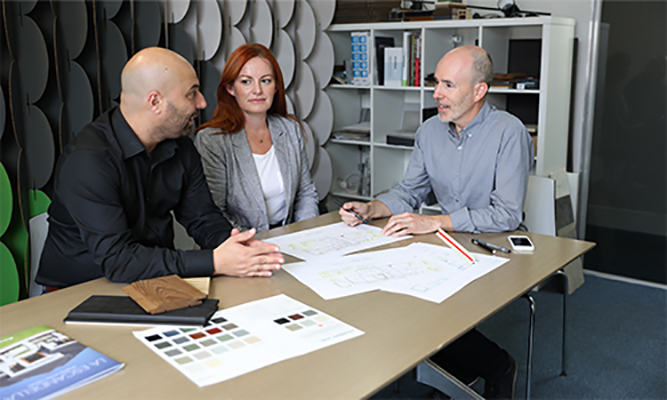Top 6 Energy-Saving Technologies for Your Home
In the ever-evolving world of home design, Australian homeowners are turning to technology. They aim to reduce their environmental footprint and slash energy bills. Embracing energy-saving technologies supports a greener planet and also enhances the comfort and value of your home.
Think about modern, sustainable living. Here are the top six energy-saving technologies every homeowner should consider. This is especially true if you are planning a renovation or new build.
1. Solar Panels
Solar power is the poster child of energy-saving technologies. By installing solar panels, you convert the abundant Australian sunshine into electricity. Modern solar systems are more efficient and aesthetically pleasing than ever before, seamlessly integrating into the design of your contemporary home.
With potential savings on your energy bills and the possibility to earn credits through feed-in tariffs, solar panels are a smart investment in a sun-rich country like Australia.
“Once you got a solar panel on a roof, energy is free. Once we convert our entire electricity grid to green and renewable energy, cost of living goes down.” – Elizabeth May, an Environmentalist
2. Energy-Efficient Heating and Cooling Systems
Heating and cooling typically account for a significant portion of home energy use. Switching to energy-efficient systems can drastically reduce this consumption. You can consider advanced solutions like geothermal heating and cooling. These use the earth’s stable underground temperature to regulate your home’s climate more efficiently.
You can also look for reverse-cycle air conditioners. According to an article by Daikin, these systems work by ‘absorbing’ heat from the outdoor air to warm the air inside. On the other hand, conventional heaters have to ‘create’ heat energy. This is a more energy-efficient technique.
3. Smart Home Thermostats
Smart thermostats go beyond regular programmable settings. They learn your schedule and temperature preferences to optimise heating and cooling patterns accordingly. By efficiently managing these systems, you can significantly cut energy usage without sacrificing comfort.
Moreover, many of these devices offer remote control via smartphone apps, giving you the ability to adjust your home’s temperature from anywhere.
4. LED Lighting
LED lighting is one of the simplest and most cost-effective changes you can make. These bulbs consume a fraction of the energy used by traditional incandescent bulbs and have a much longer lifespan. Transitioning to LED lighting throughout your home can reduce your energy consumption from lighting by up to 80%.
5. High-Performance Windows
Investing in high-performance windows equipped with energy-efficient glazing can dramatically improve your home’s insulation properties. According to an article by Pilkington, energy-efficient glazing is the term used to describe the double glazing or triple glazing used in modern windows in homes.
It incorporates low-emissivity coated glass to prevent heat from escaping through the windows. This makes the windows highly thermally insulating. As a result, it improves your home’s energy efficiency and helps save money on heating bills.
6. Rainwater Harvesting Systems
While not directly reducing energy consumption, rainwater harvesting systems lessen the demand on mains water supply. They also cut the energy used in its treatment and transportation.
These systems collect rainwater from your roof. This can be used for gardening, flushing toilets, and even in laundry systems. Thus, they manage one of Earth’s precious resources conservatively.
“Rainwater can be used for any water need that municipal water is used for, and it does not need to be treated for most non-potable uses.” – Heather Kinkade, the Executive Director for ARCSA and Champion for Rainwater Harvesting
Integrating Technology with Design
Integrating these technologies into your home requires thoughtful planning and expert design. This is where a firm like Mesh Design Projects steps into the spotlight. We specialise in creating energy-efficient, contemporary homes. Schedule a free consultation to ensure that your energy-saving features blend seamlessly with your home’s aesthetics.
FAQs
Can energy-efficient technologies increase my home’s property value?
Yes, integrating energy-efficient technologies can significantly increase your property’s value. These systems reduce running costs, which is a compelling selling point. Additionally, homes with modern, sustainable technologies tend to attract more buyers who are environmentally conscious and looking to reduce future energy costs.
What are the benefits of installing solar thermal systems?
Solar thermal systems harness the sun’s energy to heat water, reducing reliance on traditional water heating methods and cutting energy costs. They are particularly effective in sunny climates, making them an excellent choice for Australian homeowners looking to decrease both their energy bills and environmental impact.
How do Insulating Concrete Forms (ICF) improve home energy efficiency?
ICFs provide superior insulation compared to traditional construction materials by forming a continuous barrier against heat transfer. This enhanced insulation significantly reduces the energy needed for heating and cooling, which can lead to substantial savings on utility bills and create a more comfortable living environment.
Are heat pumps cost-effective for both heating and cooling?
Yes, heat pumps are highly efficient systems that can serve both heating and cooling purposes. By transferring heat instead of generating it, they use less energy compared to conventional heating systems. This dual functionality makes them an economical choice throughout the year.
What is a Home Energy Management System (HEMS) and how does it work?
A HEMS monitors and controls the energy consumption in your home. It can optimise energy usage by shifting some of it to off-peak hours to capitalise on lower rates, and provide real-time data on your consumption patterns. This helps homeowners make informed decisions to reduce energy waste and save money.
What are the advantages of having a green roof?
Green roofs not only enhance a building’s appearance but also improve thermal insulation, reducing the need for air conditioning. They absorb rainwater, reducing stormwater runoff and cooling the roof surface, which can help lower urban air temperatures. Additionally, green roofs support biodiversity and extend the roof’s lifespan.
How do advanced ventilation systems with heat recovery benefit homeowners?
Advanced ventilation systems equipped with heat recovery units minimise energy loss by capturing heat from outgoing stale air and transferring it to incoming fresh air. This process significantly reduces the energy required for heating, ensuring a well-ventilated home remains energy-efficient.
Where can I get professional advice on integrating energy-saving technologies into my home?
For personalised advice, consider consulting with firms specialised in sustainable home design. For instance, Mesh Design Projects is well-versed in the latest sustainable technologies and can help integrate these systems into your home seamlessly, ensuring they align with both your aesthetic and functional needs.
Take the first step towards a more sustainable home by scheduling your free consultation with our experts today at Mesh Design Projects.
